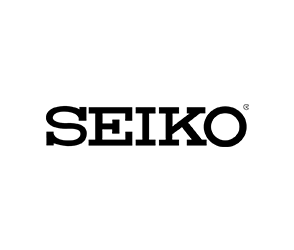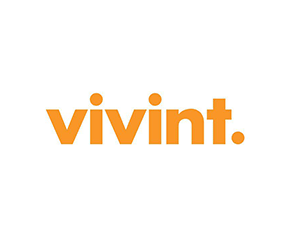What is a 3D Modeler?
A 3D Modeler is a professional who specializes in creating three-dimensional digital models used in various industries, including animation, gaming, virtual reality, and product design. Using specialized software, 3D Modelers bring concepts and ideas to life by crafting detailed and realistic 3D representations of objects, characters, environments, and more. Their work is integral to visual storytelling and the creation of immersive visual experiences, ranging from animated movies and video games to architectural visualizations and virtual simulations.
How do you become a 3D Modeler?
- Acquire 3D Modeling Software Skills: Master industry-standard 3D modeling software such as Autodesk Maya, 3ds Max, Blender, or Cinema 4D to create and manipulate digital 3D assets.
- Develop Artistic Skills: Cultivate strong artistic skills, including an understanding of form, proportion, and composition, which are crucial for creating visually appealing and realistic 3D models.
- Pursue Formal Education or Training: Consider enrolling in a degree program or specialized courses in computer graphics, animation, or 3D modeling to gain a structured education and build a foundation in the field.
- Build a Portfolio: Create a diverse and impressive portfolio showcasing your 3D modeling projects. This serves as a tangible demonstration of your skills and style for potential employers or clients.
- Stay Updated on Industry Trends: Keep abreast of the latest developments, techniques, and tools in the 3D modeling industry to ensure your skills remain current and competitive.
Skills needed to be a 3D Modeler:
- 3D Modeling Software Proficiency: Mastery of industry-standard 3D modeling software, demonstrating the ability to create detailed and realistic digital models.
- Artistic Abilities: Strong artistic skills, including a keen eye for detail, an understanding of anatomy, and the ability to translate 2D concepts into 3D forms.
- Texturing and UV Mapping: Knowledge of texturing techniques and UV mapping to add surface details and textures to 3D models effectively.
- Understanding of Animation Principles: Familiarity with animation principles, even if not primarily an animator, to create models that animate smoothly and believably.
- Problem-Solving Skills: Ability to troubleshoot and find creative solutions when faced with challenges in the 3D modeling process.
- Time Management: Efficient time management skills to meet project deadlines and deliver high-quality 3D models within specified timeframes.
- Collaboration and Communication: Effective collaboration and communication skills to work closely with animators, designers, and other team members in a production pipeline.
- Portfolio Presentation: Skills in presenting your work effectively through a portfolio, showcasing a range of projects that highlight your versatility as a 3D Modeler.
- Knowledge of Industry Standards: Understanding of industry standards and best practices in 3D modeling, including file formats, resolution, and optimization for different platforms.
- Continuous Learning: A commitment to continuous learning and staying updated on emerging technologies and trends in the dynamic field of 3D modeling.







